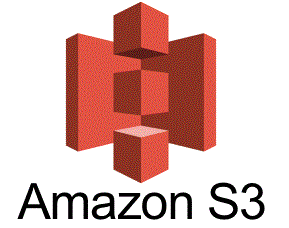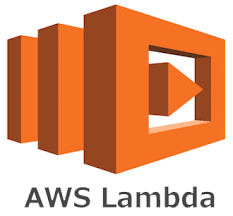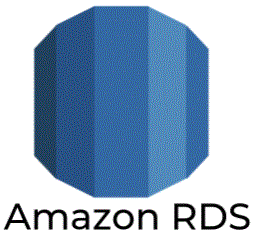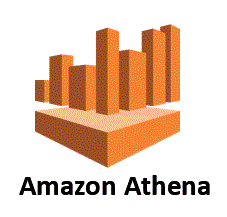51) What is S3 Lifecycle management?
S3 Lifecycle management provides the ability to define the lifecycle of your object with a predefined policy and reduce your cost of storage. You can set a lifecycle transition policy to automatically migrate objects stored in the S3 Standard storage class to the S3 Standard-IA, S3 One Zone-IA, and/or S3 Glacier storage classes based on the age of the data.
52) What is Amazon S3 Storage Lens?
Amazon S3 Storage Lens provides organization-wide visibility into object storage usage and activity trends, as well as actionable recommendations to improve cost efficiency and apply data protection best practices.
53) How do I access S3 Storage Lens?
S3 Storage Lens can be accessed in the S3 console in an interactive dashboard. And in addition, you can receive a metrics export sent daily to a bucket in your account, in either CSV or Parquet format.
54) What is “Query in Place” functionality?
Amazon S3 allows customers to run sophisticated queries against data stored without the need to move data into a separate analytics platform. The ability to query this data in place on Amazon S3 can significantly increase performance and reduce cost for analytics solutions leveraging S3 as a data lake. S3 offers multiple query in place options, including S3 Select, Amazon Athena, and Amazon Redshift Spectrum, allowing you to choose one that best fits your use case.
55) What is Amazon S3 Replication?
Amazon S3 Replication enables automatic, asynchronous copying of objects across Amazon S3 buckets. Buckets that are configured for object replication can be owned by the same AWS account or by different accounts. You can copy objects to one or more destination buckets between different AWS Regions (S3 Cross-Region Replication), or within the same AWS Region (S3 Same-Region Replication).







